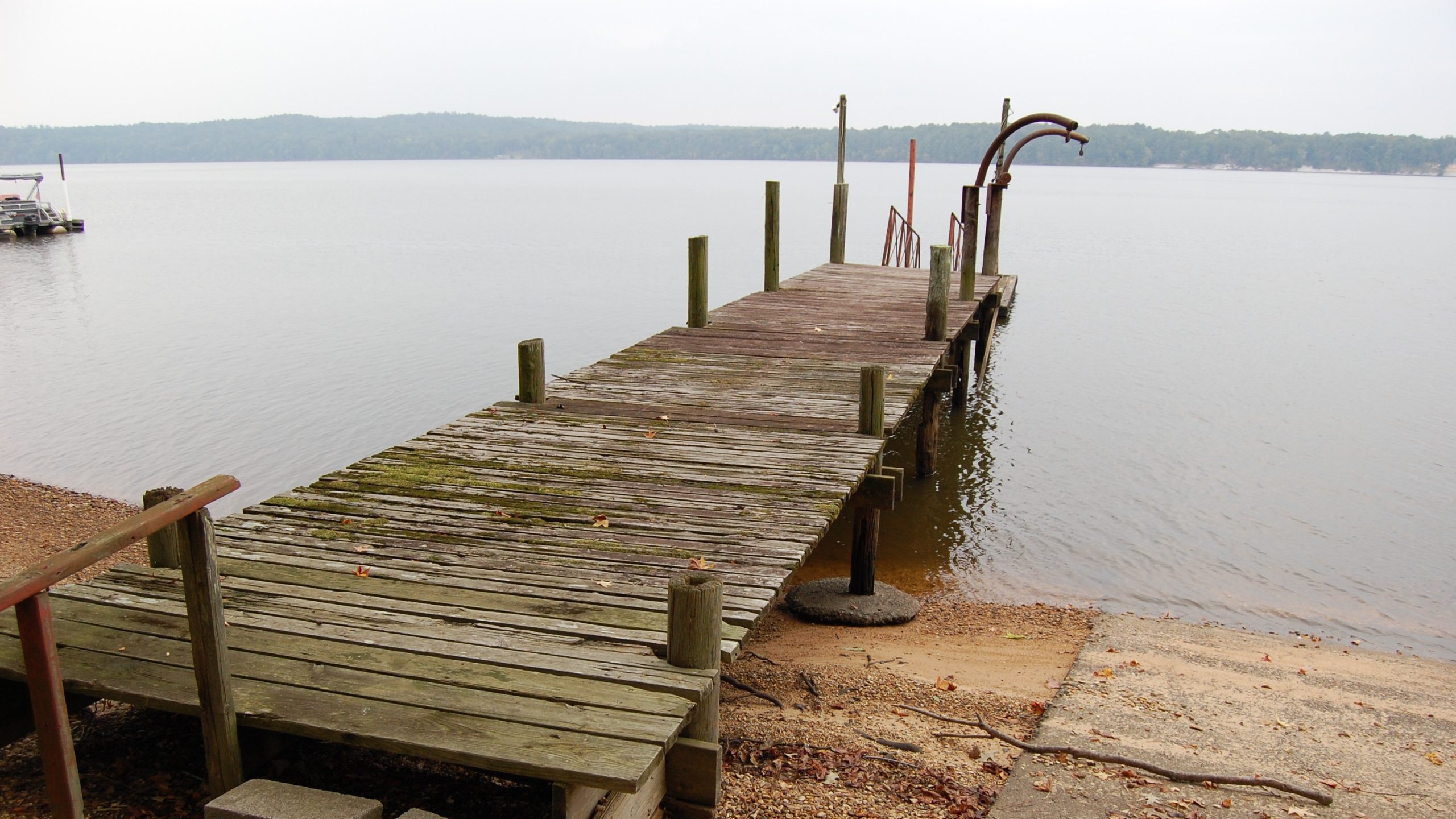People want climate change to go away.
On news websites, TV and radio news, social media, and everywhere people get information, it is impossible to avoid stories about human-made climate change. Many consumers just want someone to prevent global warming and rising sea level. They want climate engineers to do away with coastal flooding, extreme heatwaves, more powerful tropical storms, and so on.
We know how to deal with some of this. For example, we know how to stop human-made warming. We also know that this won’t prevent bad weather. Stopping human-made global warming means, for example, that bad storms will become more extreme only if natural climate variation makes them more extreme. And, because natural climate variation is nowhere near as drastic as human-made warming, record-breaking storms of the future probably won’t be as bad as they would have been if people kept burning fossil fuels.
Climate engineers need one or more targets they can work toward. And, like any engineering target, climate engineering targets must be realistic and measurable.
There are three practical engineering targets. We could ask climate engineers to:
- Slow or stop the rate of human-made global warming by stabilising greenhouse gas concentration,
- Stabilise global average surface temperature, or
- Stabilise global sea level.
We can easily tell when climate engineers have achieved any of these targets. Sea level, global average surface temperature, and greenhouse gas concentrations, are meticulously measured, recorded, and analysed by highly professional scientists.
Which of these targets should climate engineers aim for?
Stopping human-made global warming will not stop global temperature fluctuations. Natural fluctuations can be significant, even though they happen far more slowly than today’s human-made warming. We are being told that human-made warming threatens the existence of our species, or even the existence of our economy. If that’s the case, natural temperature fluctuation must also be dangerous.
Stabilising temperature will not address public worries about coastal flooding. Listening to public discussion, I get a clear message that people want sea level stability with no natural or human-made variation. Consumers want climate engineers to aim for target number 3.
There is a humongous gulf between consumer demand and international policy. The 2015 Paris Climate Accord promises action on target number 1: “Slow or stop the rate of human-made global warming.” That doesn’t address natural temperature variability or sea level rise.
Stabilising greenhouse gas concentrations in the atmosphere (target 1) is an essential first step. The Paris Climate Accord calls for human-made warming to be limited to well below 2 °C, and the agreement says that this involves stabilising atmospheric greenhouse gas concentrations.
However, scientists project that if warming stops at 2 °C above the pre-industrial average, seas would continue to rise for about 10,000 years, eventually reaching 10 to 15 metres above their present level (IPCC, 2021, p.1307). We know that sea level is a complex function of global average surface temperature. The first step toward sea level stability is to reduce global average surface temperature back to somewhere near its pre-industrial average. That’s a big project that will take a long time. Some additional projects might be needed to truly stabilise sea level. However, the work of reducing global temperature will keep climate engineers busy until well into the next century. They’ll have plenty of time to fine-tune their plans for stabilising the sea level.
Climate engineers will be able to stabilise global average climate characteristics. They won’t be able to control or prevent weather. Local weather events are affected by natural variations that are simply too fickle. In a stable climate, with long-term sea level stability, there will be floods, storms, heat-waves, cold snaps and so on. One thing we can say, though, is that record-breaking extreme events will be rare. Climate stability means people will not be living with a continual trend toward ever more extreme events.
Consumer demand is crystal clear. People who want climate engineers to “fix the climate” are actually calling for sea level stability. That’s a clearly defined outcome that climate engineers can aim for.
We are technorg.
